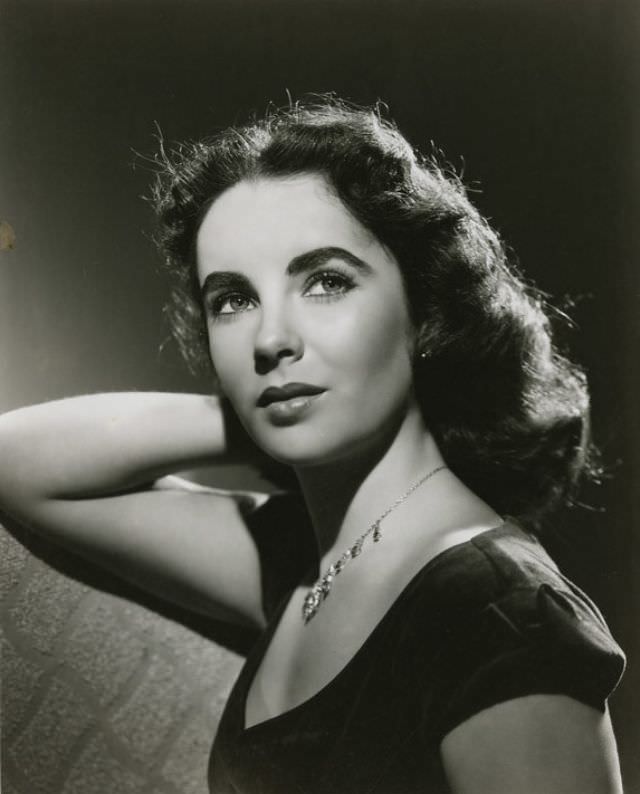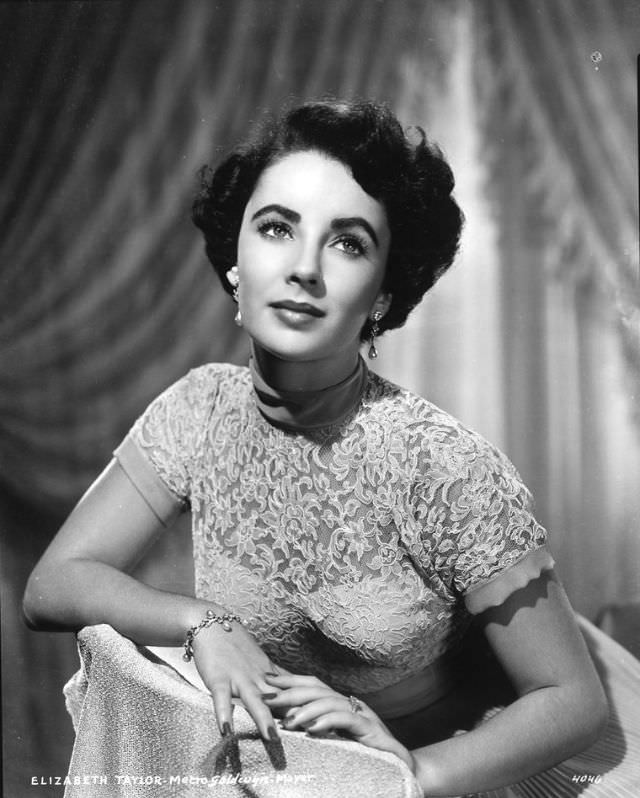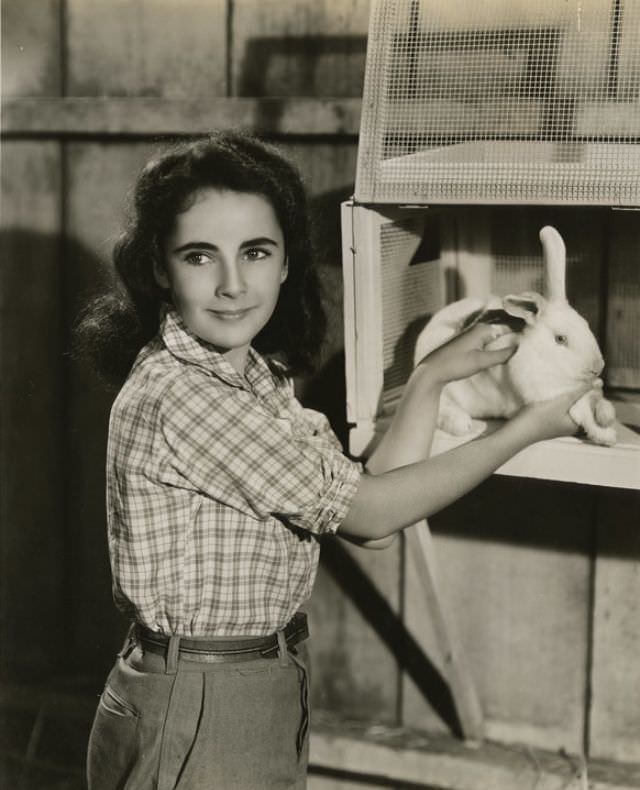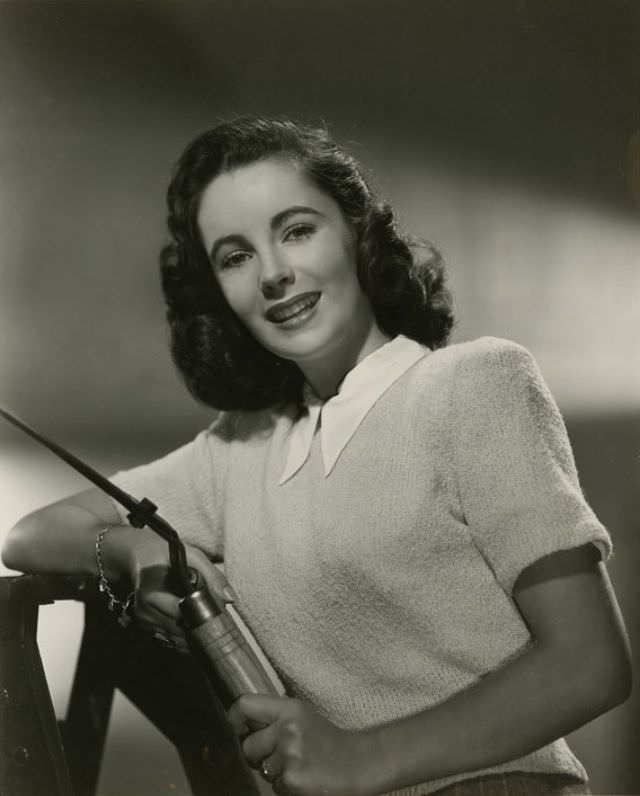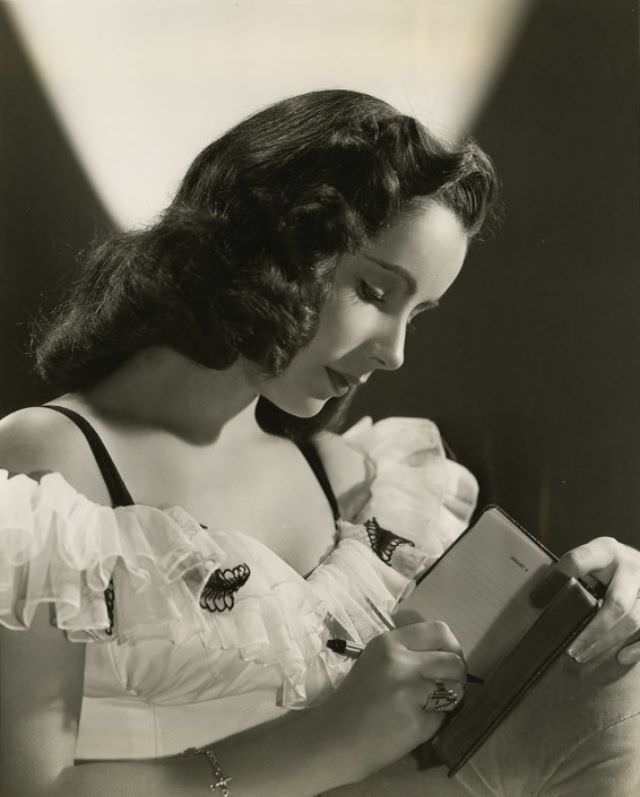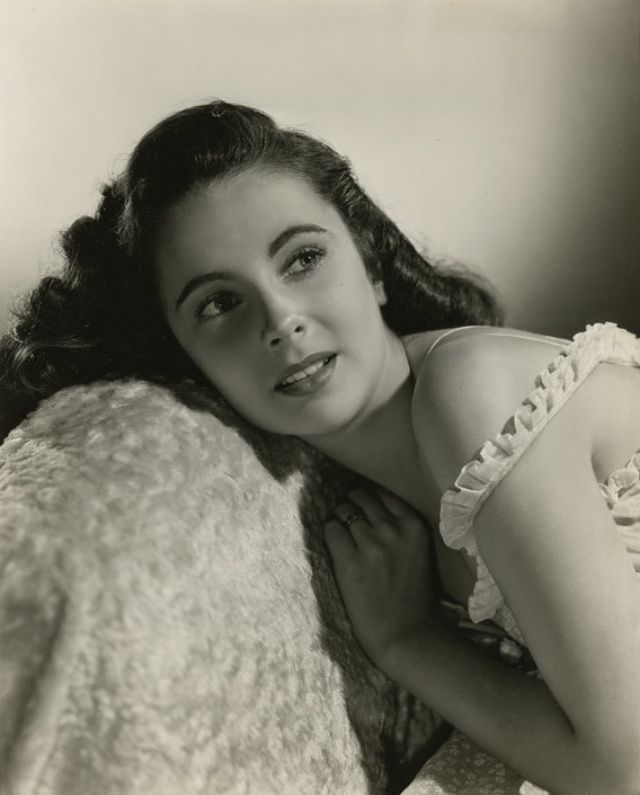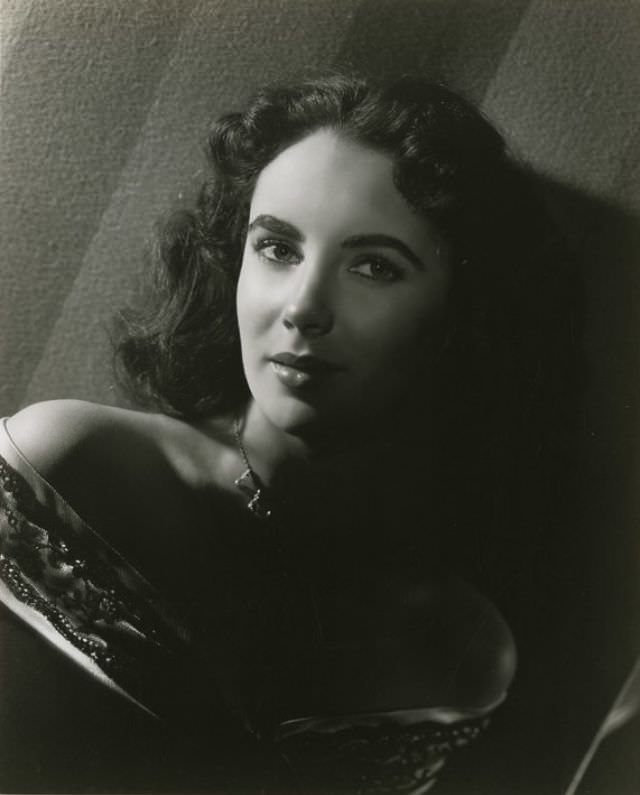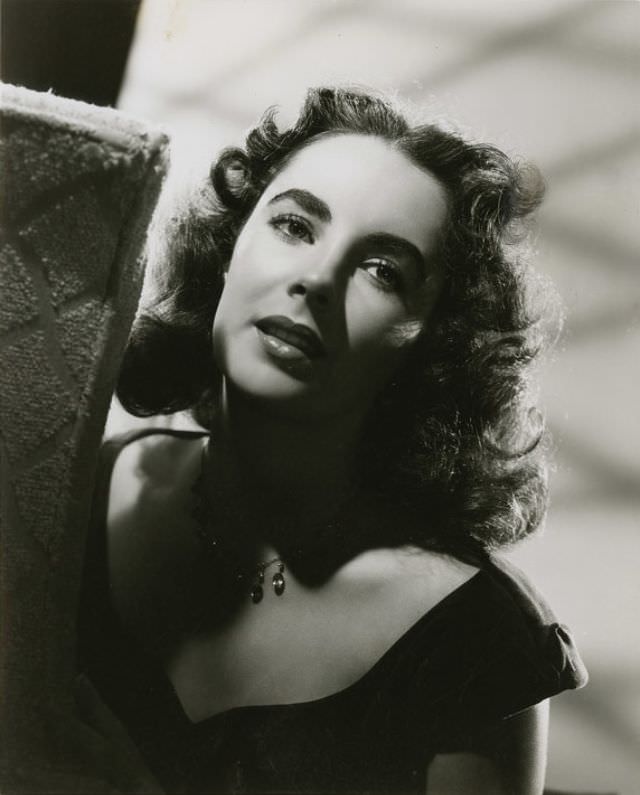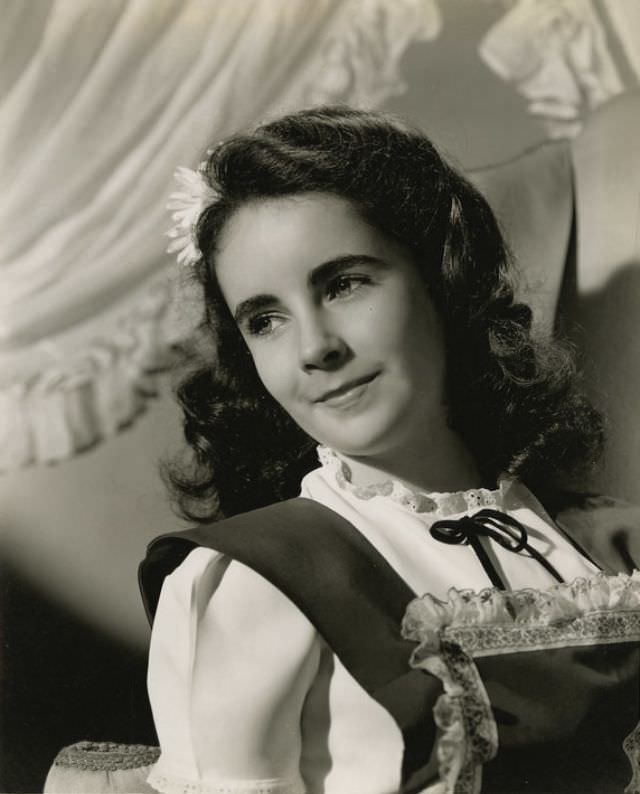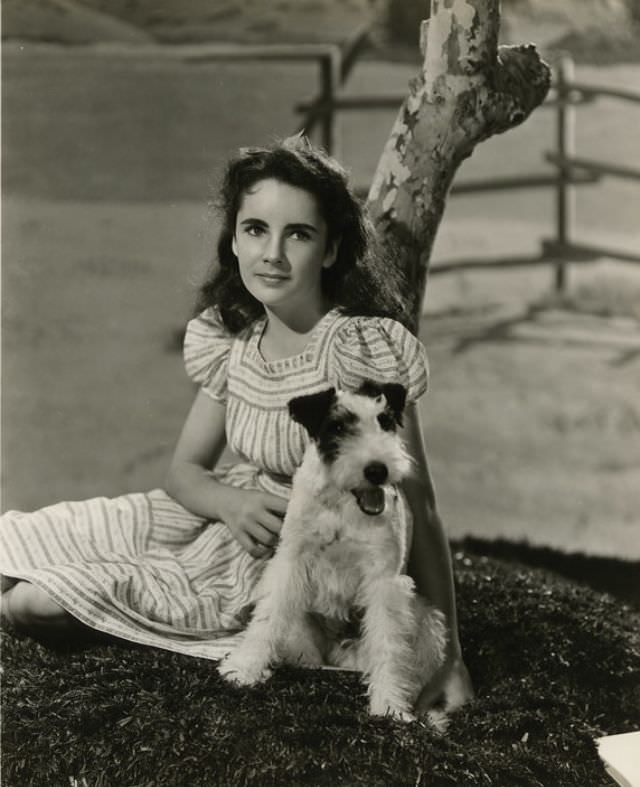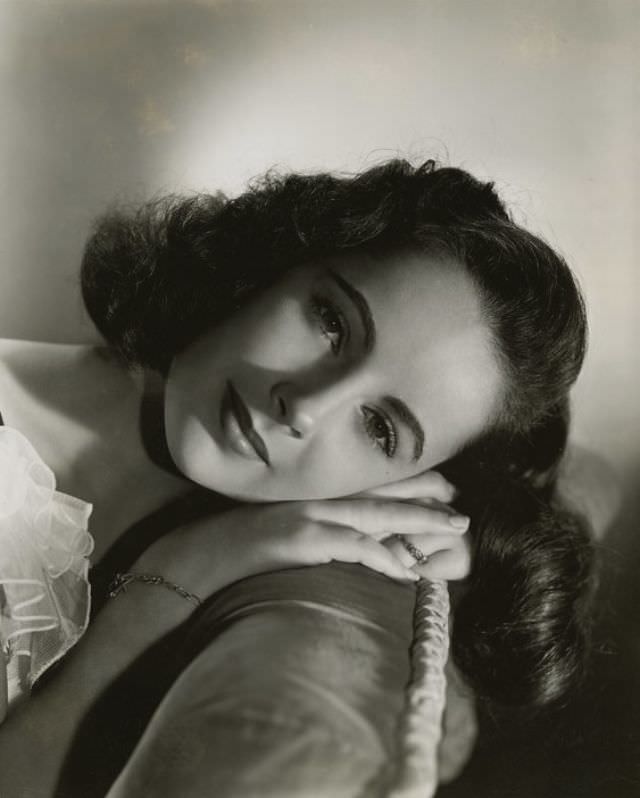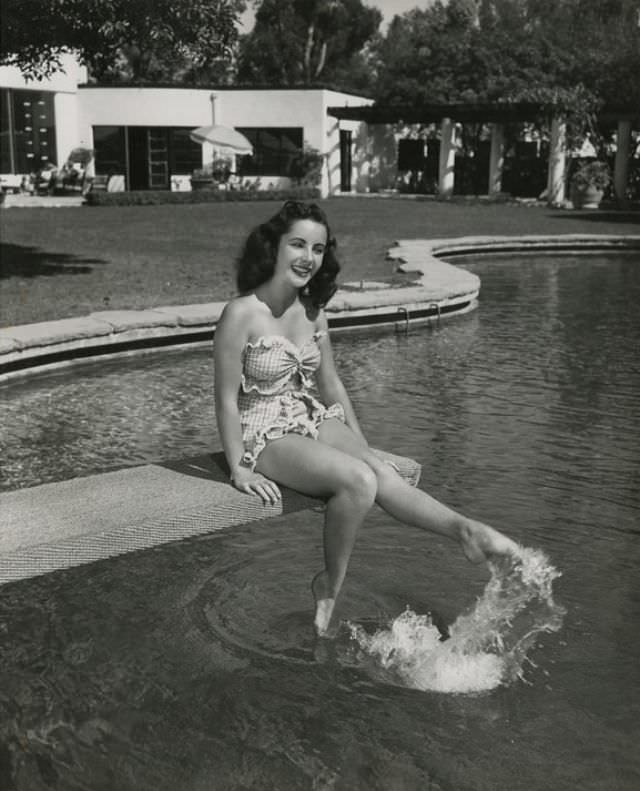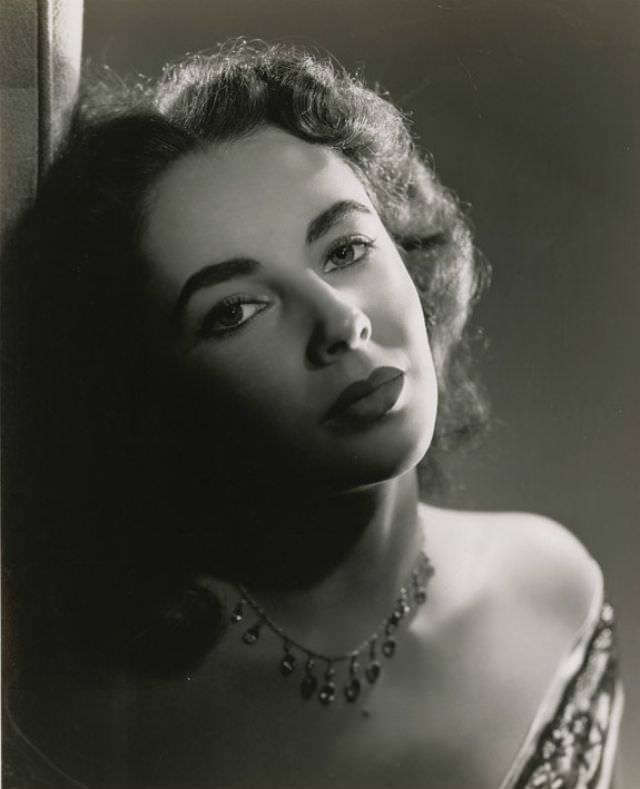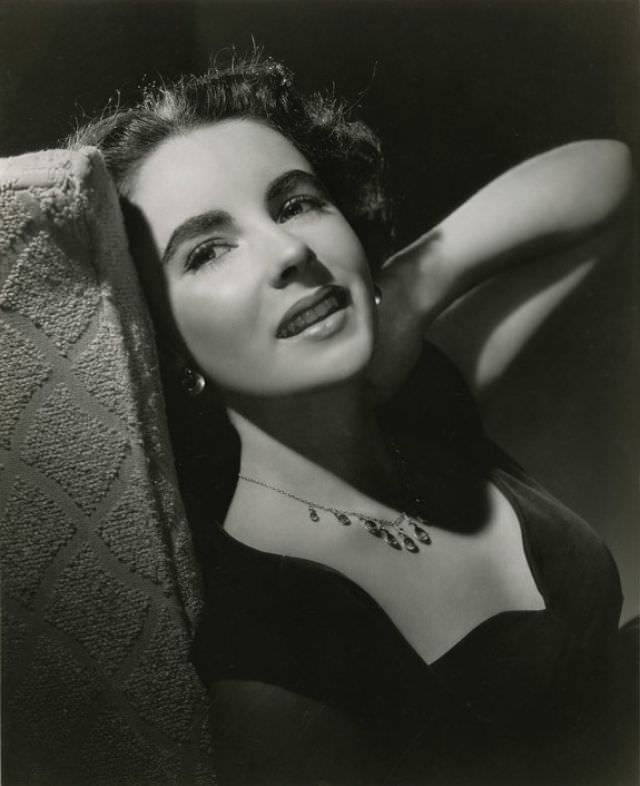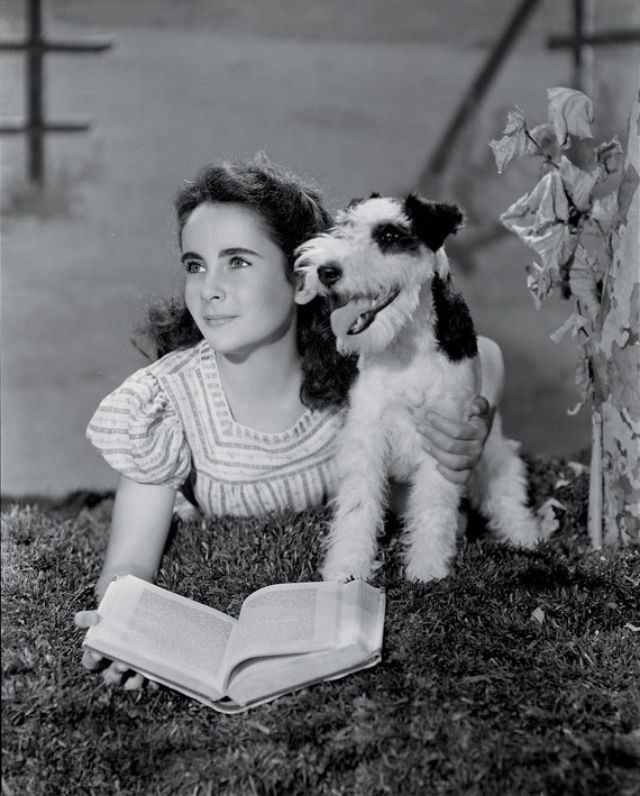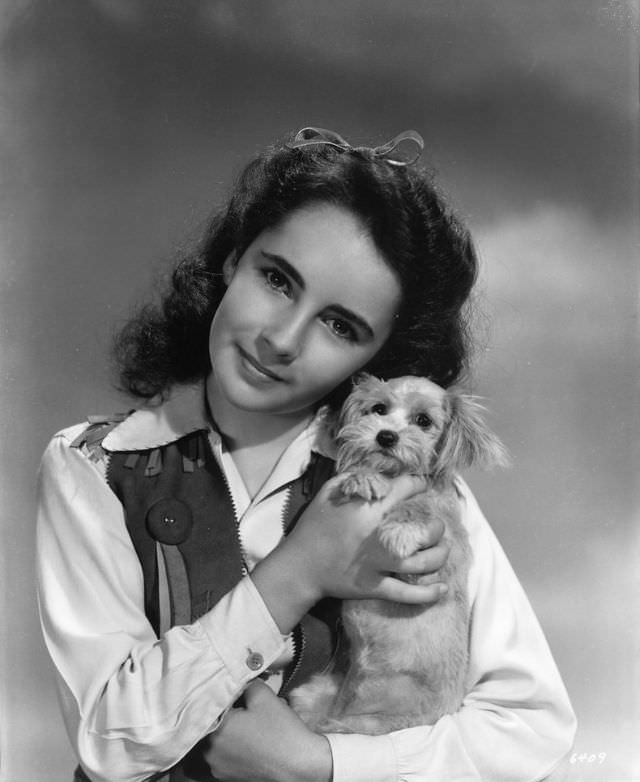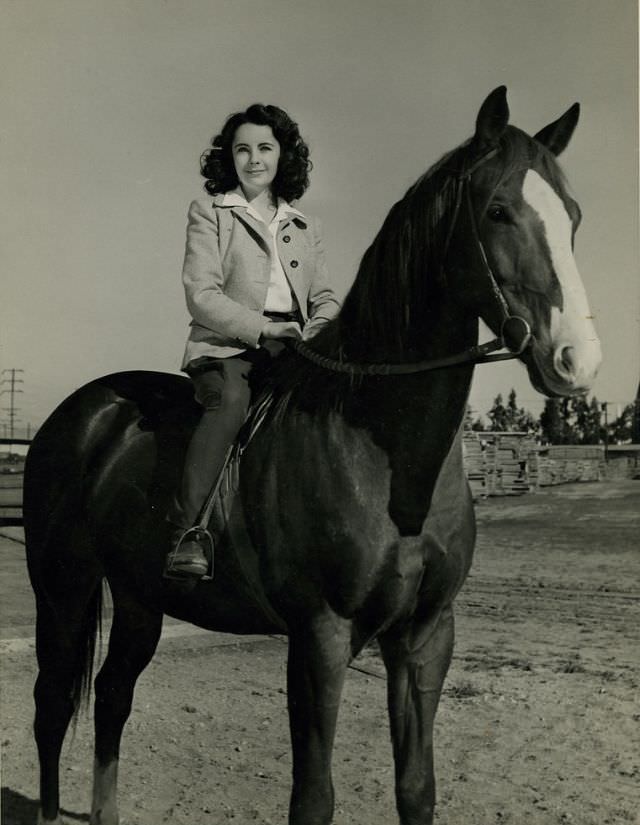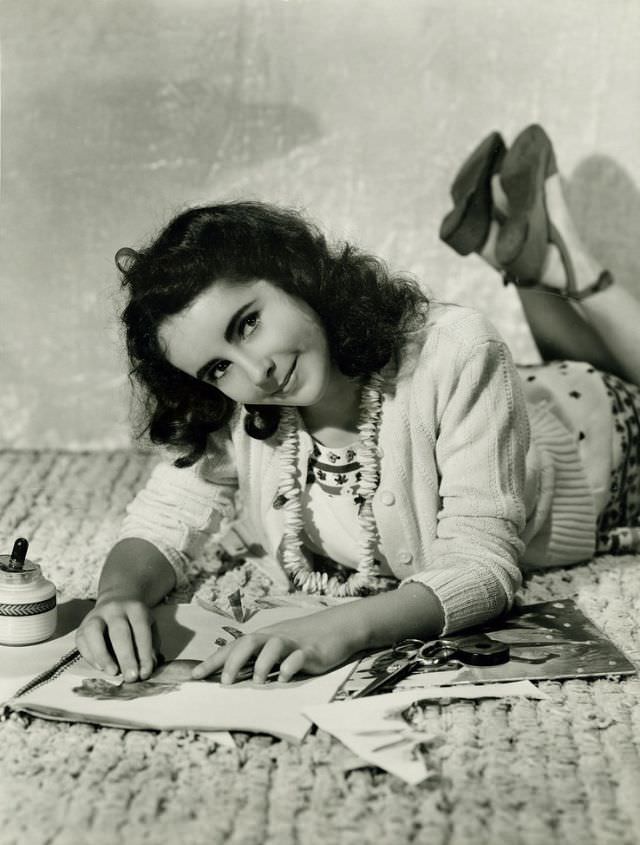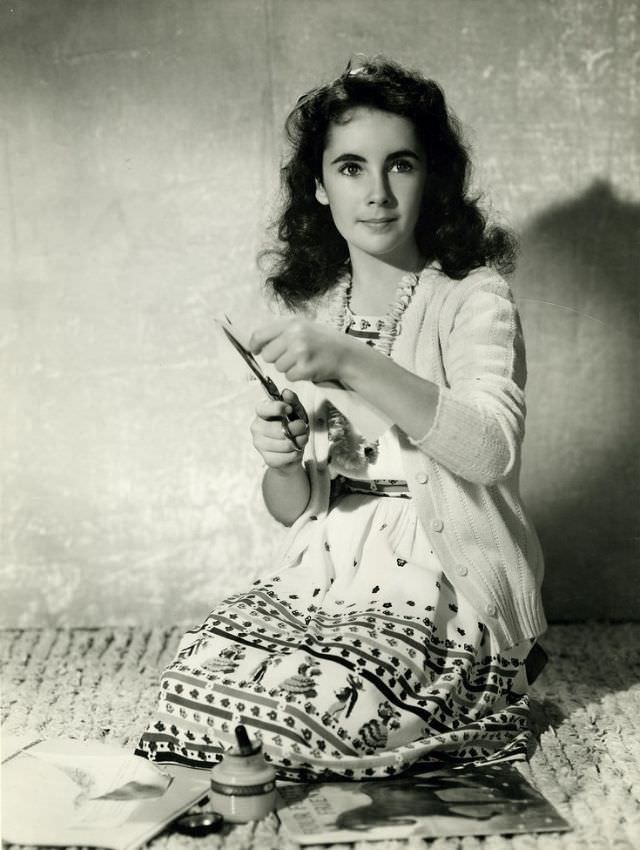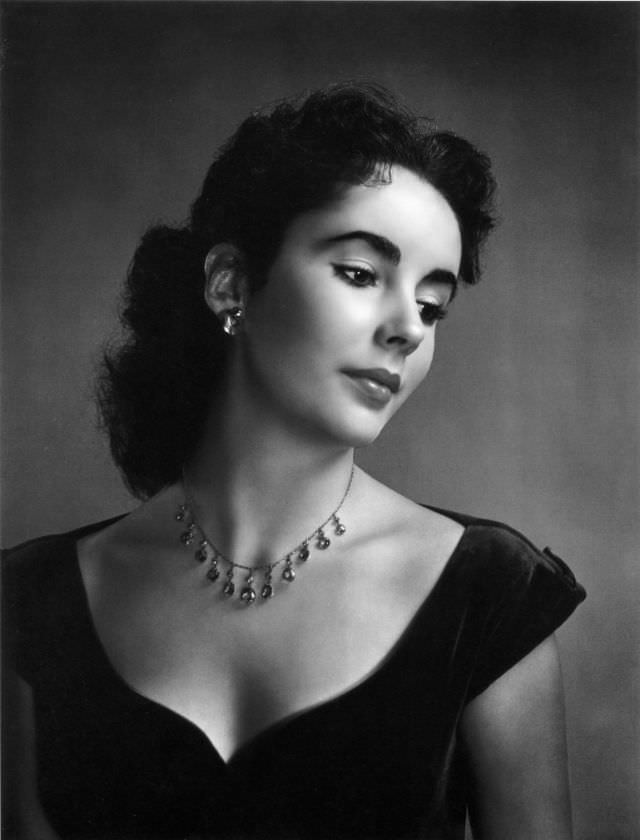The 1940s, a decade that conjured images of war, resilience, and profound change, also bore witness to the rise of a cinematic prodigy: Elizabeth Taylor. Beyond her budding acting career, it was also the decade when her timeless beauty was captured by one of Hollywood’s finest photographers, Clarence Sinclair Bull. Let’s delve into this fascinating period and the collaboration that produced some iconic portraits.
Clarence Sinclair Bull: Master of Hollywood Glamour
Before we understand the magic behind the photographs, it’s essential to introduce the man behind the camera. Clarence Sinclair Bull, head of MGM’s stills department for almost 40 years, was the genius who photographed stars from Garbo to Gable. His portraits are legendary, capturing the essence, vulnerability, and strength of Hollywood’s elite. Bull had a unique way of bringing out the true spirit of his subjects, and his work with Elizabeth Taylor was no exception.
Elizabeth Taylor in the 1940s
By the time the ’40s rolled around, Elizabeth Taylor was emerging as a promising young actress. She started her journey in films like Lassie Come Home and swiftly moved to more prominent roles. Her youthful exuberance, combined with an old soul’s wisdom, made her a unique presence on screen. This duality caught Bull’s attention.
Bull’s photographs of Elizabeth Taylor during this decade are nothing short of mesmerizing. He captured her at the brink of womanhood; a young girl transitioning into a star. Their sessions were not just about glamour shots; they delved deeper.
One of the most famous photographs from their collaboration showcases Taylor’s piercing violet eyes. Bull, using his mastery over lighting, captured their depth and intensity, making them appear almost surreal. The soft focus on her face contrasted with the sharpness of her gaze, encapsulating the viewer.
These images also played a crucial role in shaping Elizabeth Taylor’s public persona. They were used extensively by MGM for publicity, solidifying her status as one of the leading ladies of Hollywood. Beyond the glitz and glamour, these photos became iconic representations of 1940s Hollywood – a blend of art, culture, and cinema.


